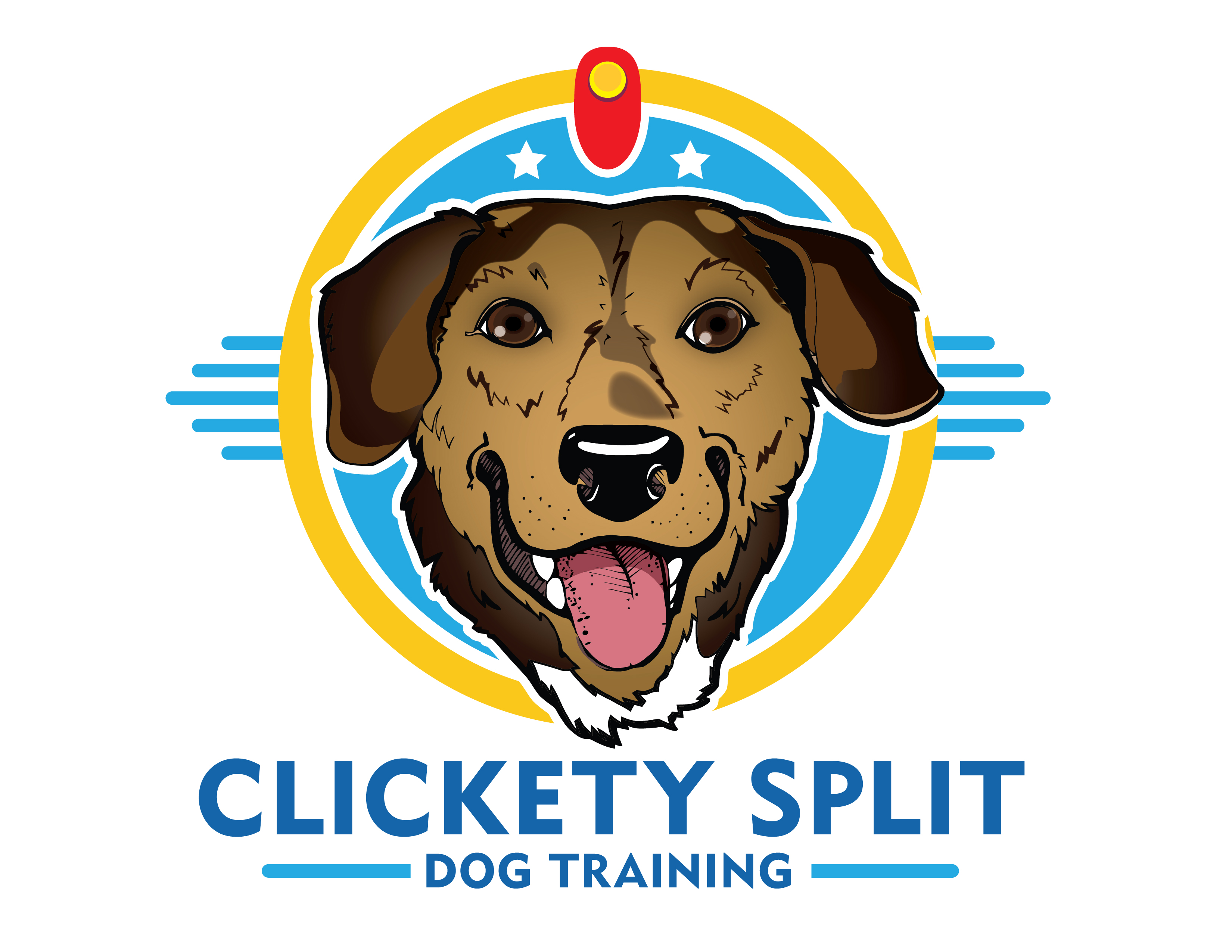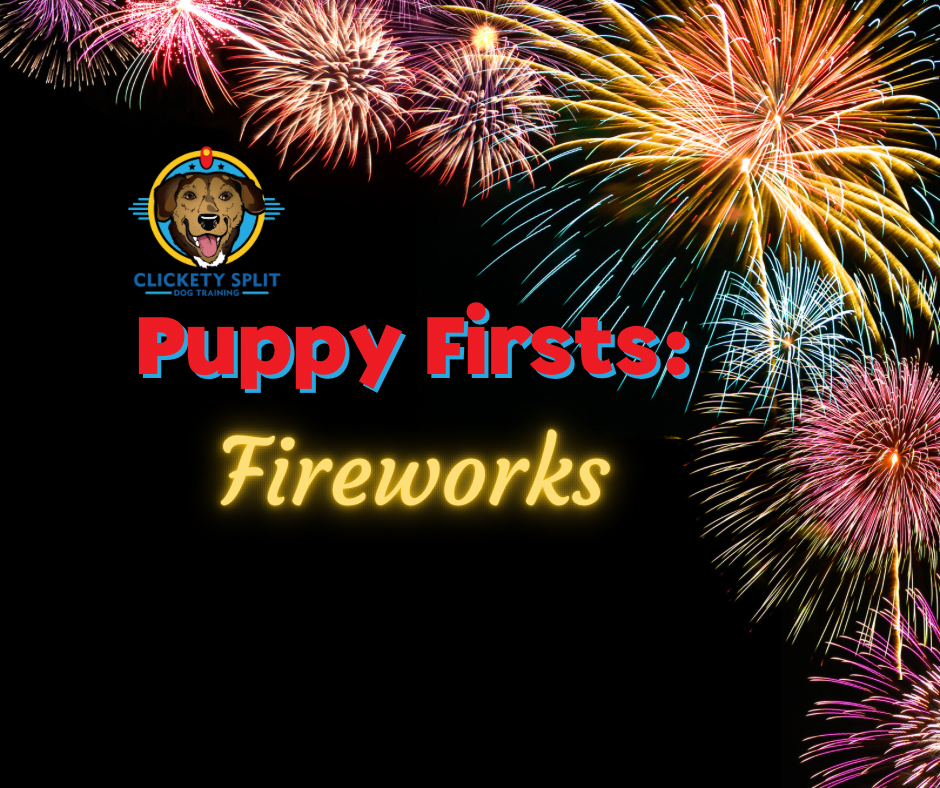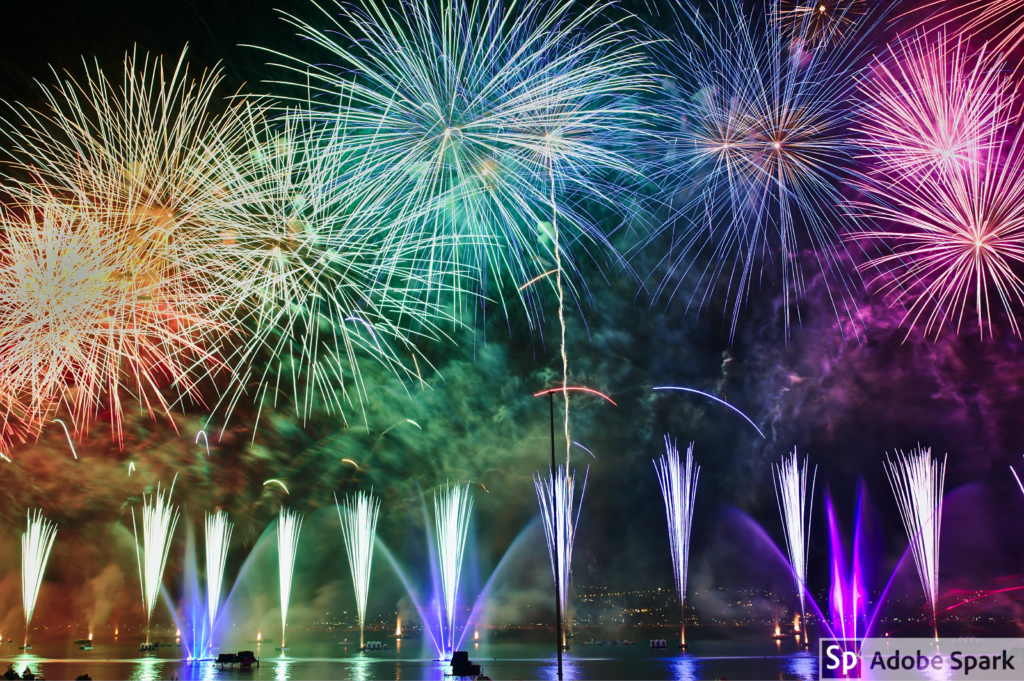
We only have one chance to prepare our puppy for it’s first Independence Day.
Puppies are “single event learners” and the younger they are the faster they learn. Puppies under 16 weeks of age are especially sensitive to this type of learning.
Here are some tips and techniques to help you set your puppy up for success on and around Independence Day. This plan is intended for puppies who are not already afraid of sounds or showing signs of sound sensitivity.

The week before:
1. Make sure your puppy’s microchip is in the correct place, the account has current photos (one head shot, one shot standing, from each side) and your chip is fully enrolled. Unsure? Make an appointment with your vet and have your puppy scanned to confirm the chip location and contact info. July 5 is one of the busiest days for animal control officers and public shelters, because many dogs panic and become lost.
2. Be sure YOU have a current photo (head shot, standing shot from each side, and a close up of any unique markings your puppy has).
3. Be sure your puppy’s collar has an ID tag with correct contact info. Be sure your puppy is WEARING it’s collar, use a breakaway collar if your puppy is in the yard unattended at any time.
4. If you have a yard, walk your fence line carefully and look for any point where a panicked puppy might slip out.
5. Put padlocks on every gate in your yard to ensure no gate is left open accidentally.
6. Put a baby gate on the outside of exterior doors, so if a panicked puppy tries to bolt out it is prevented. This is extremely important if people will be coming and going from your home during fireworks.
7. DO NOT MAKE ANY PLANS: Yes, it’s true, do not make any plans to attend fireworks, go to parties, or have a party on Independence Day. Your puppy needs you, and your puppy needs to be at home. Do NOT take your puppy to fireworks events or shoot off fireworks at your home, just stay home with your dog.
8. Plan and Create a Safe Space Routine: This routine should be practiced a few times before the fireworks events tend to start in your area. Keep in mind conditions in your area. Are you in an urban center where fireworks are clustered on just one or two nights? Are you in a suburban area where street fireworks may occur randomly? Plan for what is typical in your area. THIS plan is for preparing for a single, extended duration, fireworks event.
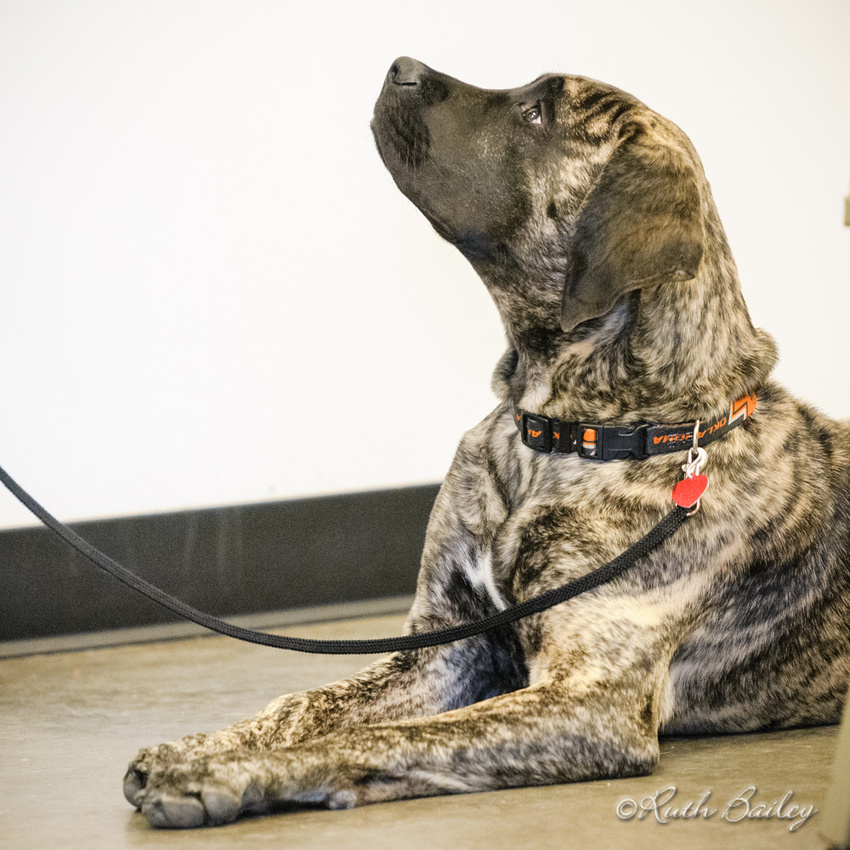
Common elements of a Safe Space Routine.
1. Close all window coverings (to muffle sound and obscure flashes) all over the home.
2. Turn on soothing music or talking (music for soothing babies, for insomniacs, or something like Through A Dogs Ear are good. Also non-music background noise such as an audio book being read are also good options) loud enough that some outside noise is obscured. White noise such as a fan can be added too.
3. Spray soothing scents such as Dog Appeasing Pheromones (Adaptal), or essential oils such as coconut, valerian, ginger, vanilla.
4. Plan your Fun Activities: Have several options available!
5. Sound proof your crate, optional. Some puppies may be extra sensitive or at risk for sound phobias. These puppies may need a sound insulated crate, you can DIY this by using alternating layers of materials around your crate.
Example: alternating layers of plywood (or cardboard if wood is not possible) and high density foam around 3 sides and top of the crate, and then topping it all with a thick comforter, leaving the front open so you can sit with your dog and your dog can see out if that helps. Place the crate in the innermost room of your home and avoid exterior walls.
Plan and practice your routine beforehand. You can even use fireworks sound effects from You Tube when you practice to help it feel more “real”. Be sure to keep fireworks volume low and gradually increase it from one practice session to the next.
How to use the Safe Space Routine.
Decide on the order and use the same order each time you practice. We do not want our puppies to learn that our safe space routine predicts scary things, so we want to practice this routine on a few “regular” evenings. We want the puppy to be happy the routine is starting, because they have learned the routine means the fun planned activities are going to happen.
1. Close window coverings all over the house.
2. Turn on soothing sounds.
3. Spray soothing scents or turn on diffusers. If using DAP spray you can spray your self, furniture, the floor, and inside the crate.
4. *FIREWORKS START (either recorded or for real).
5. Start Planned Activities with your puppy.
By practicing beforehand you will be sure you have everything ready and your puppy has several chances to learn this routine means fun things are going to happen.
Planned Activities:


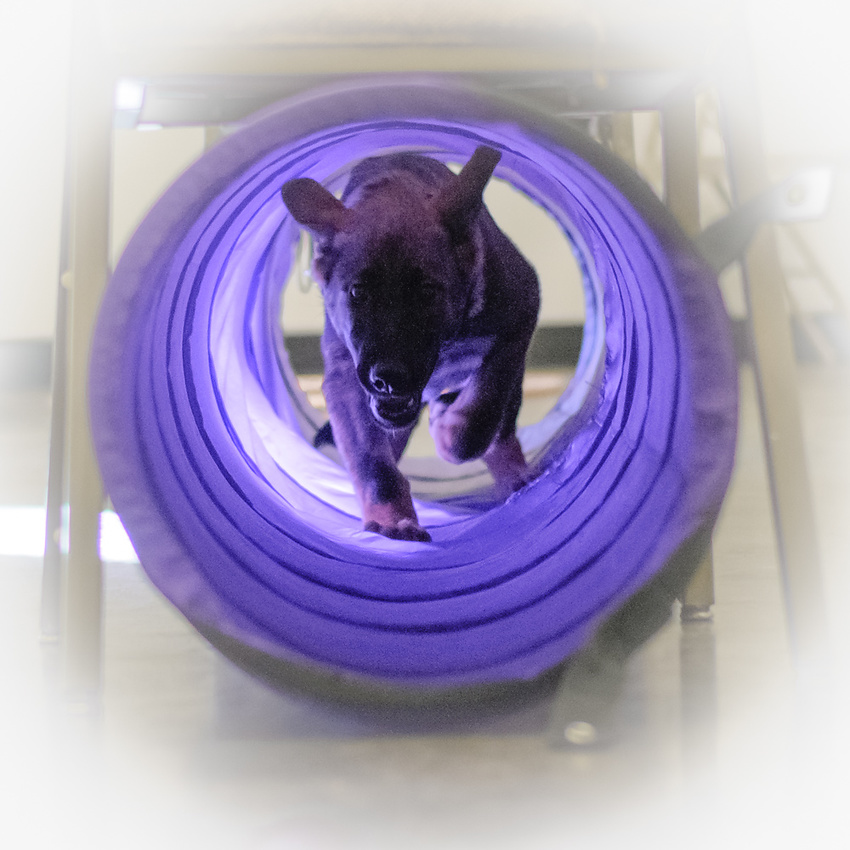
What planned activities you use depends entirely on what your puppy LOVES the most. Most puppies love treats, chews, playtime, and attention. Your job is to figure out what your puppy loves (which is not the same as what WE WANT our puppies to love!) and make a list of these activities. Here are some ideas:
1. Toy Play: Fetch, tug, or “go find” games with toys. Bonus points if you buy some new toys to be given out during Planned Activities.
2. Human Play: Hide and Find Me games, Recall games, Chase Me games, playing with tunnels, and other “agility” type games.
3. Skills Practice (ONLY if your puppy learned skills using positive reinforcement) if your puppy LOVES clicker training this you can do some great skills practice during this time. Bonus points for using exciting new food.
4. Food Games: Hidden Food Game, Food tosses, Find Me (and my hot dog) Game, are all fun games.
5. Pacifiers: Bonus points for Extra Special Stuffing. This might be dispensers, stuffed items, snuffle mats, or puzzle games.
6. High value chews: Several different types, and test them beforehand for preference and tolerance. Worried about GI upset? Ask your vet what you can give your dog before and after to help soothe the stomach. We keep several OTC and RX remedies on hand for the day after big events.
7. Cuddle Time: Some dogs prefer being cuddled or comforted if they are nervous, even over other type of activity. That’s ok, if your puppy values cuddles and petting, you can absolutely include it here, just be sure the puppy really does love cuddles that much!
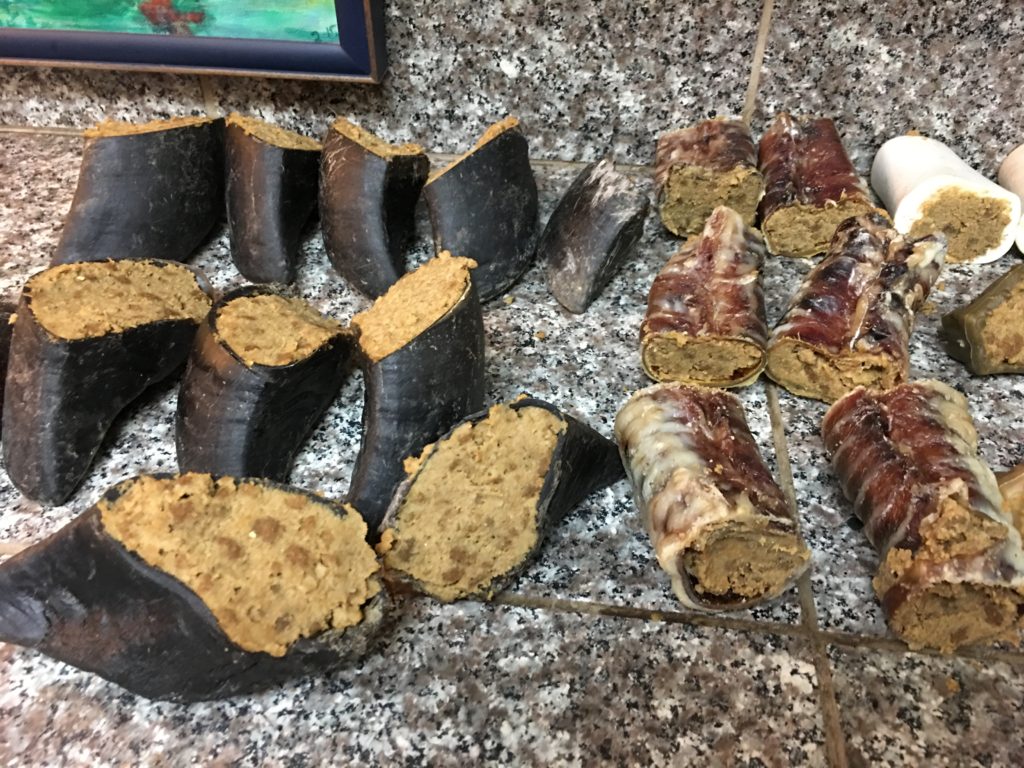
How the system works.
Practice the entire routine as often as possible beforehand (this routine can be used for storms too with a little adaptation) so everyone knows what to do and the puppy learns the routine leads to FUN THINGS. On practice day you can use Medium Value chews and treats!
On the Big Day you will do the routine just as you have been practicing it.
Be sure to wait until you hear fireworks to break out a Planned Activity.
If fireworks are non stop once they start you may need to move from one activity to another, based on what your puppy likes.
If fireworks are “off and on” you will start a planned activity when the first fireworks go off, and stop during lulls.
In both cases the fireworks themselves is what “starts” the fun of the planned activity. So always remember the order: BOOM, then Planned Activity is available, booms stop, planned activity stops.
“Luck Favors the Prepared”
Edna Mode – The Incredibles
But what about unexpected booms?
During fireworks season, sometimes people set fireworks off randomly. These unexpected booms are hard for us to predict.
Random Boom Routine:
1. Random Boom happens.
2. Humans say “good puppy!” And run to the kitchen for an AMAZING treat (I open the fridge and give my dog’s a chunk of hot dog). Alternatively you could keep tubbies of treats stashed around and run to a tubby and do a treat scatter.
Just remember the order: Random BOOM – Happy humans and treats are fed.
Repeat!
Other “Day Of” Plans.
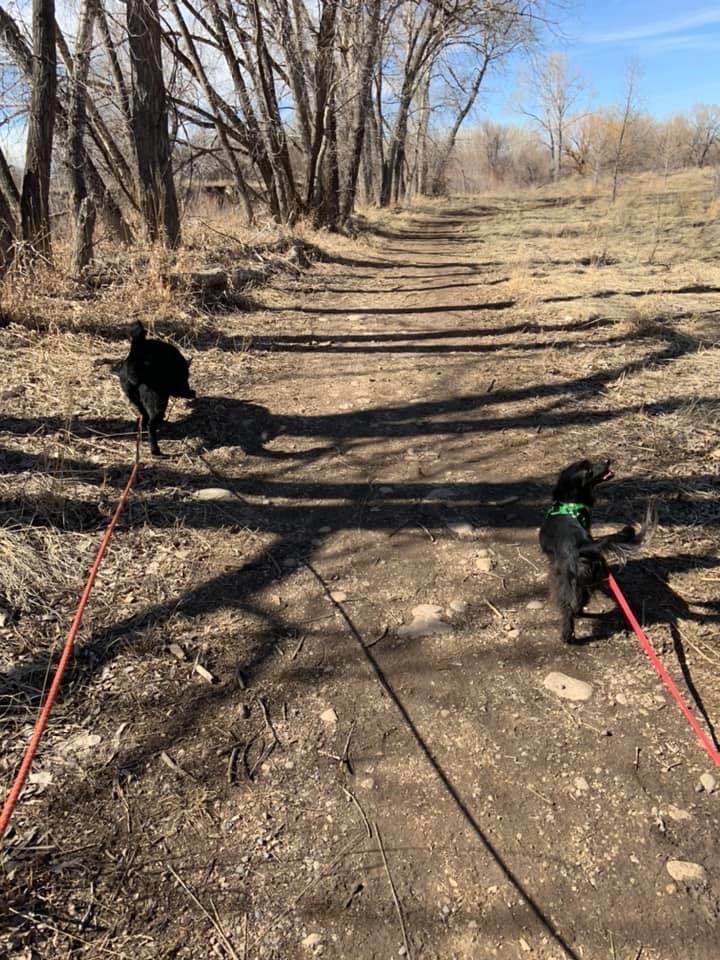

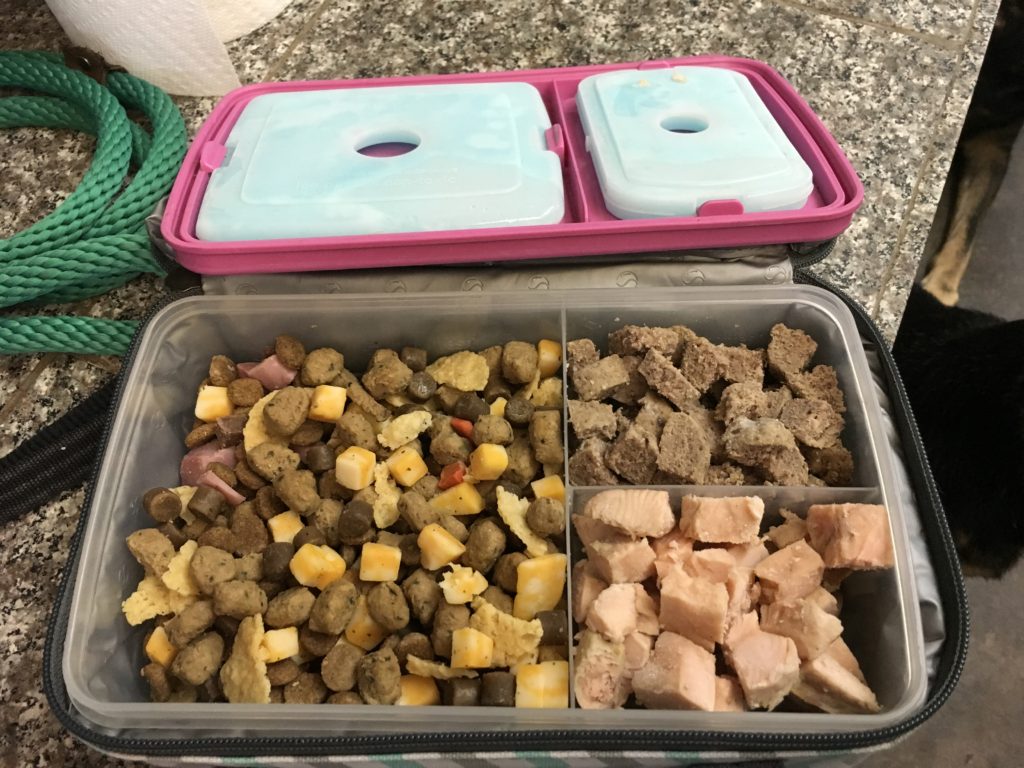
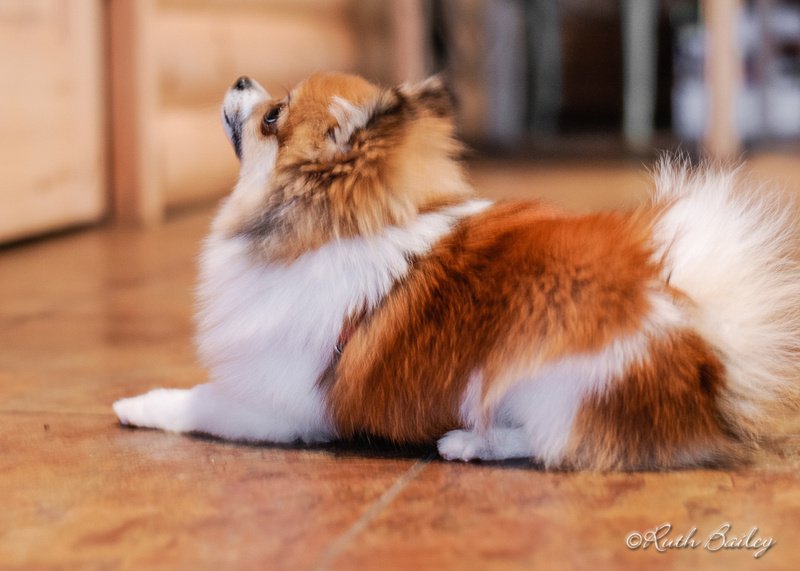
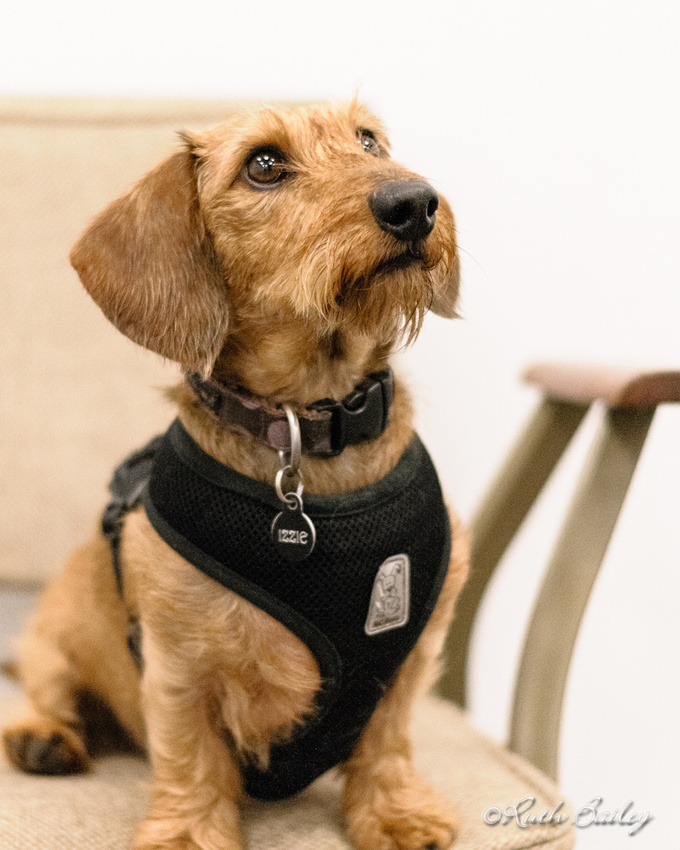
1. Fully exercise your puppy early in the day, long before dark.
2. Feed your puppy earlier than normal.
3. Take your puppy out for potty breaks attended on these days and do NOT take your puppy out for any potty breaks after dark unless it’s an emergency AND your puppy is ON LEASH and CANNOT back out of it’s collar or harness. Stay close to the house and potty and back inside.
4. If you are using medications or supplements check be sure you know when these need to be given.
Every year MANY dogs are lost when they panic and bolt outdoors due to fireworks. Be diligent and CAREFUL with your puppy outdoors after dark.
With a little planning and some work you can help your puppy learn that fireworks predict good things happening.

If your puppy is already “sound sensitive” or “sound phobic” or of a breed where sound phobias are common (ask your breeder if you don’t know) this plan likely will not be enough. You need to contact a qualified behavior professional and your veterinarian for a custom plan well before holidays such as Independence Day to ensure things go well from the start. Please do not wait until your puppy is showing signs of sound phobia to seek professional help.
